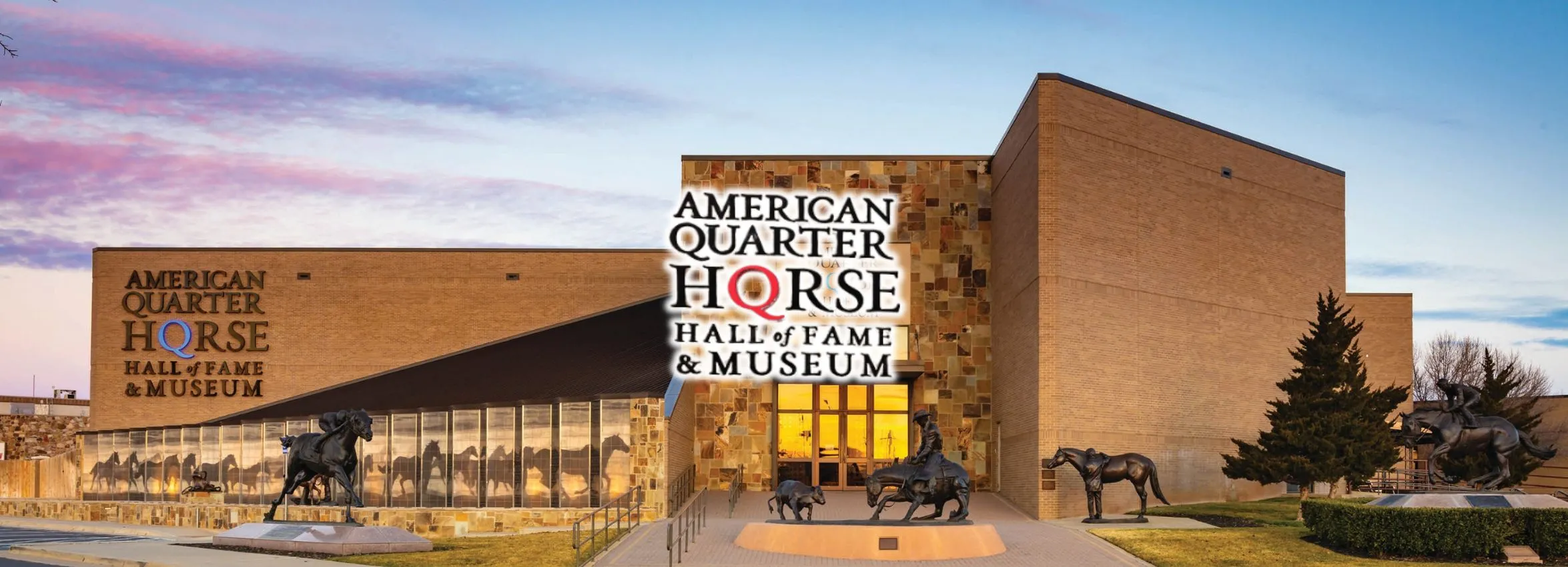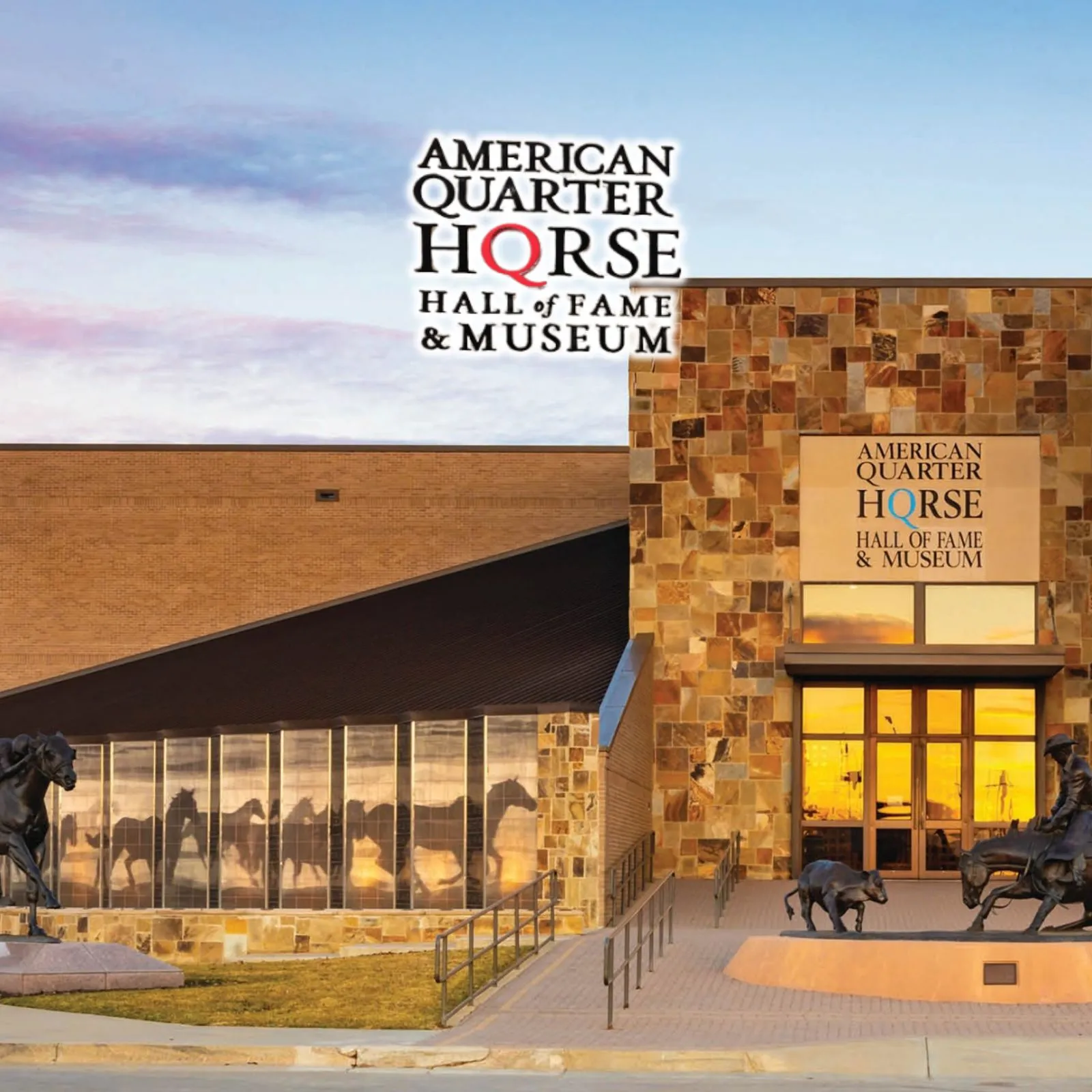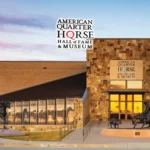The History of Amarillo, Texas: A Journey Through Time
Amarillo, Texas, is a city with a rich and fascinating history, deeply tied to the American West. From its origins as a railroad stop to becoming a modern hub of culture, business, and tourism, Amarillo has evolved significantly over the years. This article delves into the vibrant past of Amarillo, highlighting its early beginnings, economic booms, cultural shifts, and its present-day significance.
1. The Origins of Amarillo
Amarillo’s history dates back to 1887, when the town was founded along the Fort Worth and Denver City Railroad. Its location in the Texas Panhandle made it a prime spot for trade, attracting settlers and businesses eager to capitalize on its accessibility. Originally named Oneida, the town was soon renamed Amarillo, which means “yellow” in Spanish, inspired by the golden-hued soil and wildflowers in the region.
2. The Influence of the Railroad
The arrival of the railroad played a crucial role in Amarillo’s growth. It allowed for efficient transportation of goods and cattle, which would become the foundation of the local economy. The Santa Fe Railroad, introduced in the early 1900s, further solidified Amarillo’s status as a major trade and livestock center.
3. The Rise of the Cattle Industry
Amarillo quickly became a leading cattle-shipping hub, thanks to its location in the heart of the Texas Panhandle. By the early 20th century, the city was one of the busiest cattle-shipping points in the world. The Fort Worth Stockyards and Chicago meatpacking industry relied heavily on Amarillo’s cattle supply, boosting the local economy.
The rise of ranching families, such as the Goodnight and XIT Ranch, helped shape the city’s culture and economy. Charles Goodnight, a legendary cattleman, introduced innovative ranching techniques that improved the efficiency of cattle production in the area.
4. The Oil and Gas Boom
In the 1920s, Amarillo witnessed a massive oil and gas boom. The discovery of oil fields in the Texas Panhandle attracted new industries and residents, leading to rapid urban development. Companies such as Phillips Petroleum and Shamrock Oil and Gas established operations in the area, turning Amarillo into a key player in the energy sector.
Additionally, natural gas production flourished, and Amarillo became home to one of the largest helium fields in the world. The U.S. government established the Amarillo Helium Plant, making the city a major supplier of helium, a resource crucial for airships, medical applications, and space exploration.
5. The Dust Bowl and the Great Depression
Despite economic success, Amarillo was not immune to hardship. During the 1930s, the Texas Panhandle suffered from the Dust Bowl, a severe environmental disaster caused by over-farming and drought. Intense dust storms devastated farmland, forcing many families to abandon their homes.
The Great Depression further worsened conditions, leading to widespread unemployment and economic decline. However, Amarillo’s resilience shone through as the government introduced New Deal programs that helped restore the region’s economy.
6. Amarillo’s Role in World War II
During World War II, Amarillo became a strategic military hub. The Amarillo Army Air Field (later known as the Amarillo Air Force Base) was established in 1942, training thousands of airmen for the war effort. The base boosted the local economy and provided jobs to many residents.
After the war, Amarillo continued to benefit from military investments, and the airbase remained operational until 1968, when it was decommissioned.
7. The Development of Route 66 and Tourism
Amarillo played a crucial role in the golden age of Route 66, the famous highway that connected Chicago to Los Angeles. Businesses, motels, diners, and gas stations flourished as travelers passed through the city.
One of Amarillo’s most iconic landmarks, The Big Texan Steak Ranch, became a famous stop for Route 66 travelers. Established in 1960, it remains well-known for its 72-ounce steak challenge, attracting visitors from around the world.
8. The Growth of Arts and Culture
As Amarillo developed, its arts and culture scene flourished. The city is home to the Amarillo Opera, Amarillo Symphony, and Amarillo Little Theatre, all of which have contributed to the cultural richness of the community.
Additionally, the city is known for its famous Cadillac Ranch, an art installation created in 1974 that features ten Cadillacs buried nose-down in the ground. This quirky and colorful attraction has become a symbol of Route 66 and pop culture.
9. The Modern Economy of Amarillo
Today, Amarillo boasts a diverse economy, with industries including agriculture, energy, manufacturing, and healthcare. The Pantex Plant, a major nuclear weapons assembly and disassembly facility, is one of the city’s largest employers.
Additionally, Amarillo’s medical sector has expanded, with hospitals like Northwest Texas Healthcare System and Baptist St. Anthony’s Health System providing top-tier medical services to residents.
10. Amarillo in the 21st Century
In recent years, Amarillo has embraced modern development while preserving its historic charm. The downtown area has seen revitalization, with new businesses, restaurants, and entertainment venues emerging.
Education has also been a priority, with institutions like West Texas A&M University playing a vital role in shaping the city’s future workforce.
Amarillo continues to be a gateway to the Texas Panhandle, offering a blend of history, culture, and economic opportunity for both residents and visitors.
Conclusion: A City Built on Resilience and Innovation
The history of Amarillo, Texas, is a story of growth, resilience, and innovation. From its humble beginnings as a railroad town to becoming a thriving economic and cultural center, Amarillo has continually adapted to the challenges and opportunities of each era. Whether through the cattle industry, oil and gas boom, military contributions, or Route 66 tourism, Amarillo has left an indelible mark on the fabric of Texas history.
Today, it remains a city that honors its past while looking toward the future, making it a fascinating place to visit, live, and explore.











